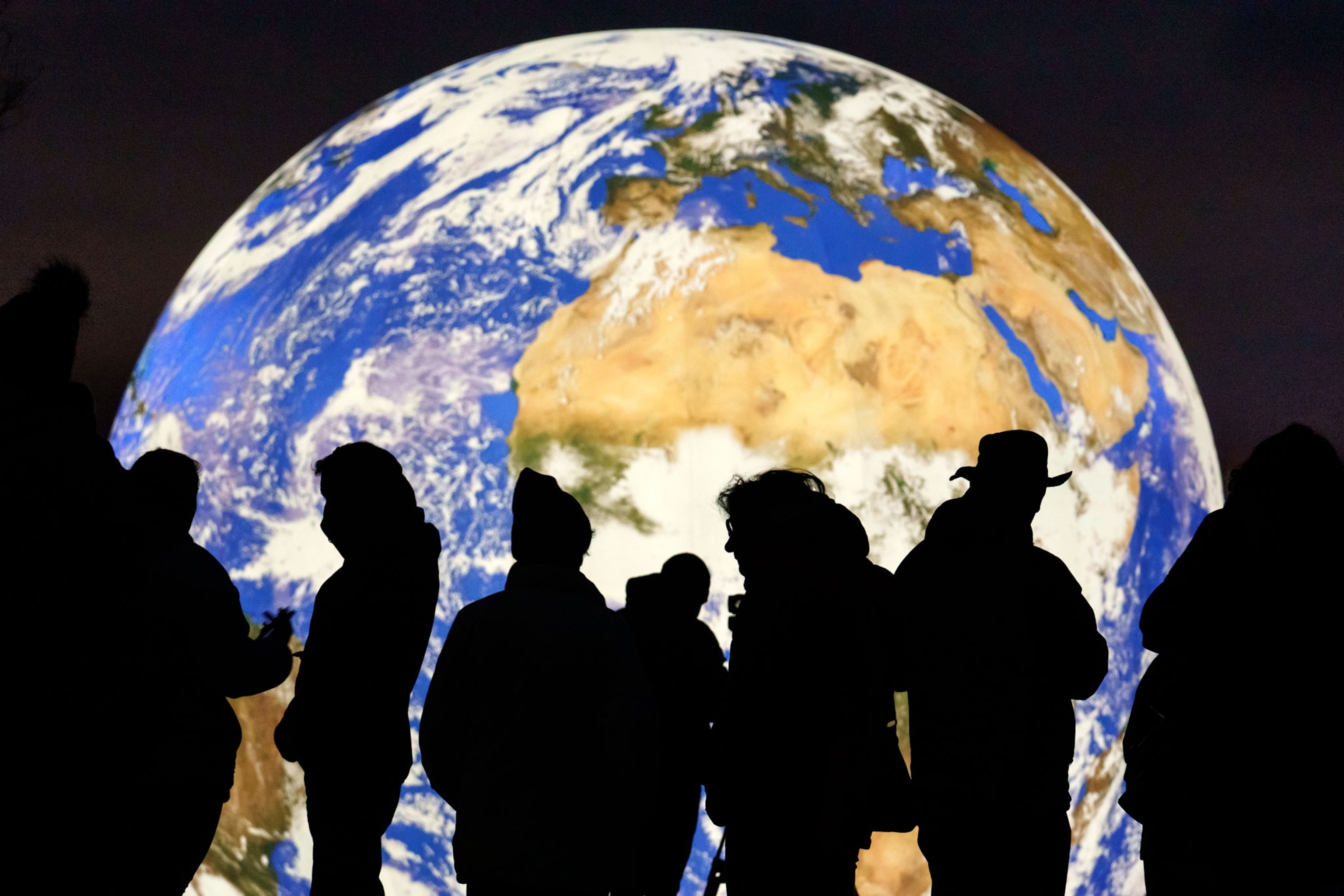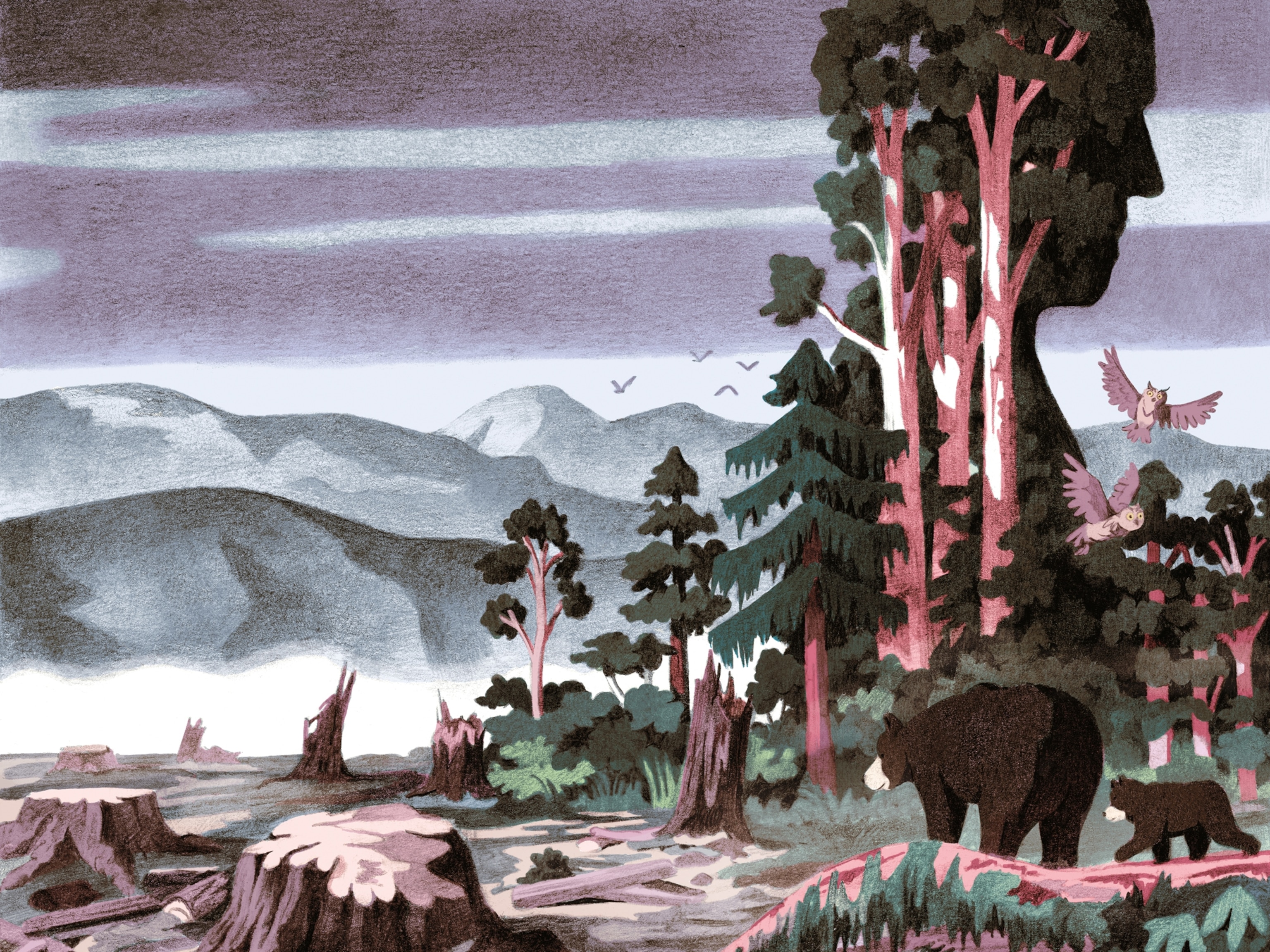
How global warming is disrupting life on Earth
The signs of global warming are everywhere, and are more complex than just climbing temperatures.
Our planet is getting hotter. Since the Industrial Revolution—an event that spurred the use of fossil fuels in everything from power plants to transportation—Earth has warmed by 1 degree Celsius, about 2 degrees Fahrenheit.
That may sound insignificant, but 2023 was the hottest year on record, and all 10 of the hottest years on record have occurred in the past decade.
Global warming and climate change are often used interchangeably as synonyms, but scientists prefer to use “climate change” when describing the complex shifts now affecting our planet’s weather and climate systems.
Climate change encompasses not only rising average temperatures but also natural disasters, shifting wildlife habitats, rising seas, and a range of other impacts. All of these changes are emerging as humans continue to add heat-trapping greenhouse gases, like carbon dioxide and methane, to the atmosphere.
What causes global warming?
When fossil fuel emissions are pumped into the atmosphere, they change the chemistry of our atmosphere, allowing sunlight to reach the Earth but preventing heat from being released into space. This keeps Earth warm, like a greenhouse, and this warming is known as the greenhouse effect.
Carbon dioxide is the most commonly found greenhouse gas and about 75 percent of all the climate warming pollution in the atmosphere. This gas is a product of producing and burning oil, gas, and coal. About a quarter of Carbon dioxide also results from land cleared for timber or agriculture.
Methane is another common greenhouse gas. Although it makes up only about 16 percent of emissions, it's roughly 25 times more potent than carbon dioxide and dissipates more quickly. That means methane can cause a large spark in warming, but ending methane pollution can also quickly limit the amount of atmospheric warming. Sources of this gas include agriculture (mostly livestock), leaks from oil and gas production, and waste from landfills.
What are the effects of global warming?
One of the most concerning impacts of global warming is the effect warmer temperatures will have on Earth's polar regions and mountain glaciers. The Arctic is warming four times faster than the rest of the planet. This warming reduces critical ice habitat and it disrupts the flow of the jet stream, creating more unpredictable weather patterns around the globe.
(Learn more about the jet stream.)
A warmer planet doesn't just raise temperatures. Precipitation is becoming more extreme as the planet heats. For every degree your thermometer rises, the air holds about seven percent more moisture. This increase in moisture in the atmosphere can produce flash floods, more destructive hurricanes, and even paradoxically, stronger snow storms.
The world's leading scientists regularly gather to review the latest research on how the planet is changing. The results of this review is synthesized in regularly published reports known as the Intergovernmental Panel on Climate Change (IPCC) reports.
A recent report outlines how disruptive a global rise in temperature can be:
- Coral reefs are now a highly endangered ecosystem. When corals face environmental stress, such as high heat, they expel their colorful algae and turn a ghostly white, an effect known as coral bleaching. In this weakened state, they more easily die.
- Trees are increasingly dying from drought, and this mass mortality is reshaping forest ecosystems.
- Rising temperatures and changing precipitation patterns are making wildfires more common and more widespread. Research shows they're even moving into the eastern U.S. where fires have historically been less common.
- Hurricanes are growing more destructive and dumping more rain, an effect that will result in more damage. Some scientists say we even need to be preparing for Cat 6 storms. (The current ranking system ends at Cat 5.)
How can we limit global warming?
Limiting the rising in global warming is theoretically achievable, but politically, socially, and economically difficult.
Those same sources of greenhouse gas emissions must be limited to reduce warming. For example, oil and gas used to generate electricity or power industrial manufacturing will need to be replaced by net zero emission technology like wind and solar power. Transportation, another major source of emissions, will need to integrate more electric vehicles, public transportation, and innovative urban design, such as safe bike lanes and walkable cities.
One global warming solution that was once considered far fetched is now being taken more seriously: geoengineering. This type of technology relies on manipulating the Earth's atmosphere to physically block the warming rays of the sun or by sucking carbon dioxide straight out of the sky.
Restoring nature may also help limit warming. Trees, oceans, wetlands, and other ecosystems help absorb excess carbon—but when they're lost, so too is their potential to fight climate change.
Ultimately, we'll need to adapt to warming temperatures, building homes to withstand sea level rise for example, or more efficiently cooling homes during heat waves.
You May Also Like
Go Further
Animals
- How can we protect grizzlies from their biggest threat—trains?How can we protect grizzlies from their biggest threat—trains?
- This ‘saber-toothed’ salmon wasn’t quite what we thoughtThis ‘saber-toothed’ salmon wasn’t quite what we thought
- Why this rhino-zebra friendship makes perfect senseWhy this rhino-zebra friendship makes perfect sense
- When did bioluminescence evolve? It’s older than we thought.When did bioluminescence evolve? It’s older than we thought.
- Soy, skim … spider. Are any of these technically milk?Soy, skim … spider. Are any of these technically milk?
Environment
- Are the Great Lakes the key to solving America’s emissions conundrum?Are the Great Lakes the key to solving America’s emissions conundrum?
- The world’s historic sites face climate change. Can Petra lead the way?The world’s historic sites face climate change. Can Petra lead the way?
- This pristine piece of the Amazon shows nature’s resilienceThis pristine piece of the Amazon shows nature’s resilience
- Listen to 30 years of climate change transformed into haunting musicListen to 30 years of climate change transformed into haunting music
History & Culture
- Meet the original members of the tortured poets departmentMeet the original members of the tortured poets department
- Séances at the White House? Why these first ladies turned to the occultSéances at the White House? Why these first ladies turned to the occult
- Gambling is everywhere now. When is that a problem?Gambling is everywhere now. When is that a problem?
- Beauty is pain—at least it was in 17th-century SpainBeauty is pain—at least it was in 17th-century Spain
Science
- Here's how astronomers found one of the rarest phenomenons in spaceHere's how astronomers found one of the rarest phenomenons in space
- Not an extrovert or introvert? There’s a word for that.Not an extrovert or introvert? There’s a word for that.
- NASA has a plan to clean up space junk—but is going green enough?NASA has a plan to clean up space junk—but is going green enough?
- Soy, skim … spider. Are any of these technically milk?Soy, skim … spider. Are any of these technically milk?
Travel
- Could Mexico's Chepe Express be the ultimate slow rail adventure?Could Mexico's Chepe Express be the ultimate slow rail adventure?
- What it's like to hike the Camino del Mayab in MexicoWhat it's like to hike the Camino del Mayab in Mexico




